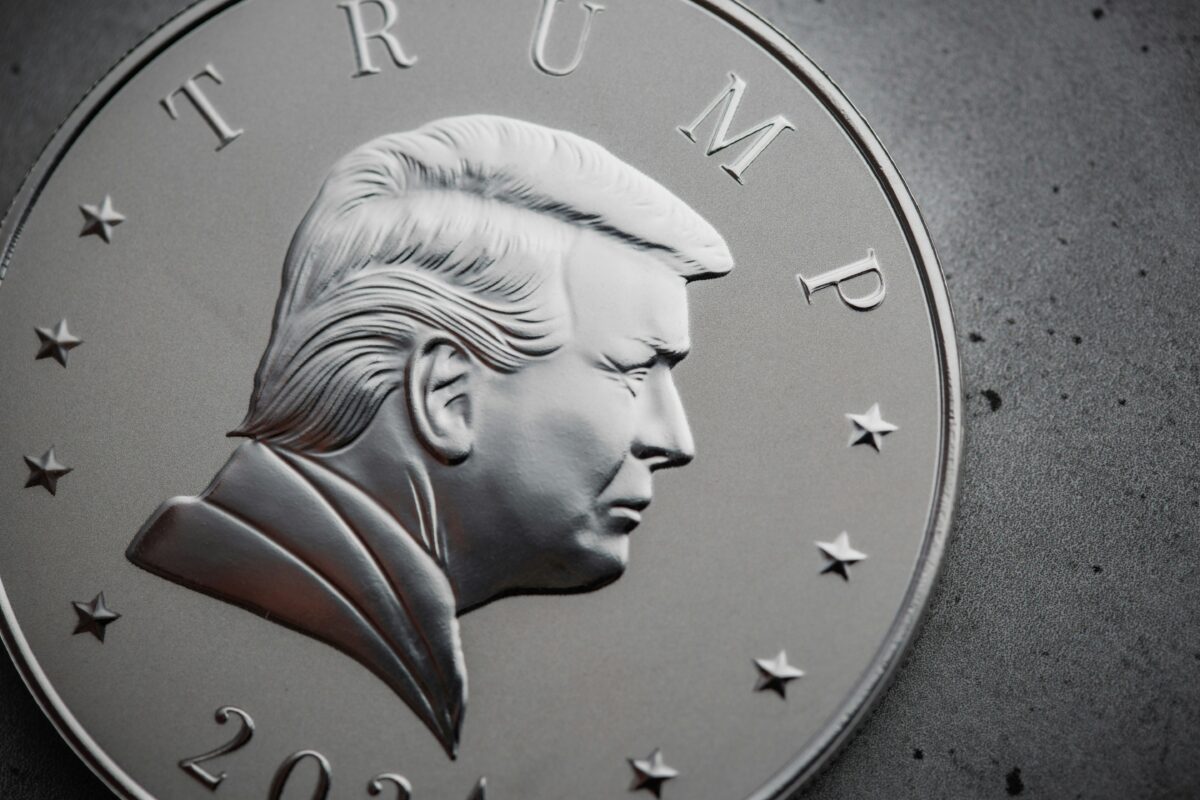By John Plassard, senior investment specialist at Mirabaud Group
Today marks Halloween in the United States. Considered too commercial in Europe, but still growing rapidly, this festival is a veritable tradition on the other side of the Atlantic. But how have markets historically reacted to the holiday?
The facts
Halloween was originally a Celtic festival of Irish origin: the Celtic New Year. Around 3,000 years ago, the Celtic calendar did not end on 31 December, but on 31 October. And this last night of the year was the night of the god of death (Samain or Samhain). The nights get longer in October, and legend has it that ghosts used the time to visit the living. So, to prevent ghosts from haunting them, the Celts had several rituals, including dressing up in frightening costumes to scare off ghosts and getting together to celebrate on the evening of 31 October. It was Irish immigrants who brought the tradition of Halloween to the United States.
The right time to invest
No one knows why, but one “simple” way to achieve superior stock market returns over the long term would be to invest in equities every year on 31 October, the eve of All Saints’ Day. Two finance professors (Ben Jacobsen and Cherry Yi Zhang) discovered this after studying over 300 years of stock market data from more than a hundred stock markets around the world.
According to the researchers, the 62,962 monthly observations over the last 323 years show a strong Halloween effect. These analyses show that for 65 developed and emerging markets, average stock market returns for the six months following Halloween were around 8.5% per annum. Returns for the other six months of the year from May to October would have averaged just 2.1%.
Their studies conclude that the “Halloween effect” is particularly pronounced in the most active and liquid markets, such as the US and developed markets.
Returns that beggar belief
Over a 10-year period, buying during the Halloween period would have a 90% chance of outperforming a buy-and-hold strategy. According to Ben Jacobsen and Cherry Yi Zhang, what’s even stranger is the fact that even though the theory seems to have been borne out, it continues to work (we could imagine that as it grew in popularity, investors would turn away from it). In their view, the fact that trading this strategy is particularly simple makes its durability all the more surprising.
Does it work every year?
In 120 years, the Dow Jones index has fallen 38 times in the six months following Halloween. That’s almost one year in three. And it has fallen by more than 5% on 23 occasions, or about one in five. On a global scale, this theory works with an even higher success rate. Of course, past performance is no guarantee of future results.
Conclusion
As you know, we focus above all on tangible, fundamental factors. However, when historical data are in line with our economic vision, we are not against it. So don’t be afraid of Halloween!







